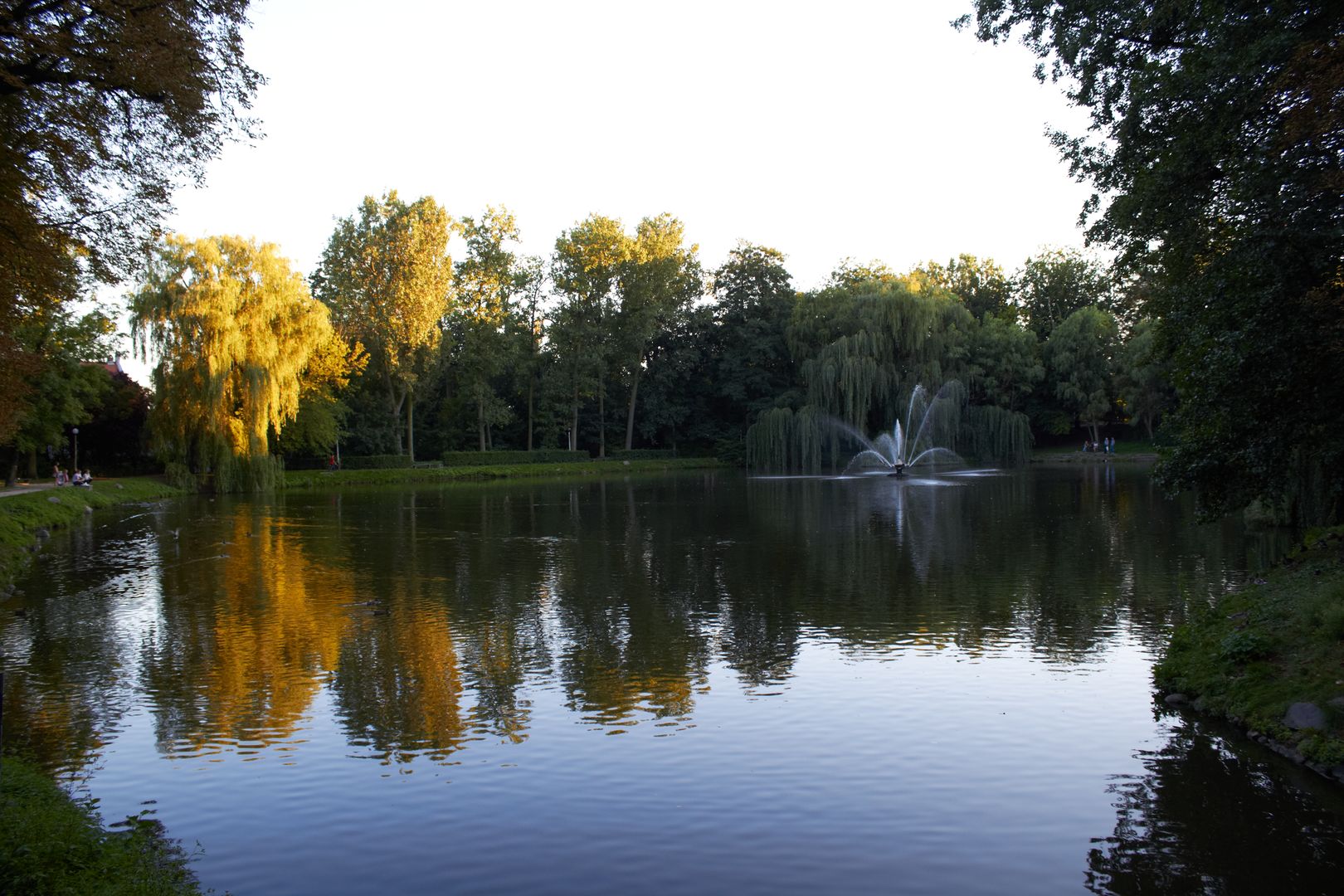The Radoliński Palace in Jarocin
6.69

Overview
The Radoliński Palace in Jarocin, designed by Prussian architect Friedrich August Stüler between 1848 and 1865, is an example of English Neo-Gothic architecture. Commissioned by Władysław Radoliński, the palace was intended to be a magnificent residence for the Radoliński family of the Leszczyc coat of arms. Built in Jarocin Park, it served as the family's main seat, and its design was likely influenced by Radoliński's visit to Queen Victoria's coronation in London. The structure featured three floors, with a risalit serving as the main entrance. The palace was accompanied by an expansive terrace and garden, and its interiors were richly furnished with both long-used and newly acquired items, including valuable objects associated with King Stanisław August Poniatowski. The palace library housed several hundred volumes, including the Brest Bible, one of its most prized collections. After the deaths of Władysław and Józefina Radoliński, their son Hugo commissioned a series of renovations and additional work, including the archiving of an extensive weapons collection. In the 1890s, the palace gained modern amenities such as running water and gas lighting. Significant changes occurred after World War I, and in 1917, following the death of Prince Hugo and a fire, the palace suffered enormous losses. In the following years, left empty, the palace did not experience massive destruction during World War II, though it suffered from vandalism. After the war, it was adapted for various social institutions. In 2022, the Regional Museum was opened in the building, restoring cultural life to this historic site. Thanks to its architecture, rich history, and collections, the Radoliński Palace remains an important element of the region's cultural heritage.
Location
2025 Wizytor | All Rights Reserved